AO Edited
Dunchraigaig Cairn and Baluachraig Rock Art
No other place in Scotland has such a high concentration of prehistoric carved stone surfaces.
Dunchraigaig Cairn and Baluachraig Rock Art is only a small part of a much bigger collection of monuments spread across the Kilmartin Glen and it is worth exploring the surrounding area to get a more complete picture of how important this place was. No other place in Scotland has such a high concentration of prehistoric carved stone surfaces, and Neolithic and Bronze Age monuments.
The first location you come to is Dunchraigaig Cairn, a mound of cobbles about 30 meters (98 feet) in diameter. Although the cairn here is of the same form and date as the other Kilmartin cairns, Dulchraigaig does not fall into line with these other monuments, but rather a little to the southeast.
Excavations carried out in the 1800s showed that this cairn is actually quite an unusual monument. The Dulchraigaig Cairn has three cists inside: the east cist contained cremated bones, and the central cist contained a full-length body laid on top of its cover slab with cremated human bones inside, below which was a layer of rough paving and then yet another body. The third cist, located on the southeast side of the cairn, is considered the most unusual. Dug directly into the ground, then lined with drystone cobbled walls and capped with a massive stone, it contained the remains of between eight and 10 individuals, some cremated, some not. While cairns often became the burial place of more than one individual, it is rare to find so many burials in one cist. Bronze Age cist burials were usually reserved for just one person, and multiple burials like those found in Dulchraigaig are more often seen in Neolithic tombs.
Inside of the cost are a set of recently-discovered carvings said to be the oldest known carvings of animals in Scotland. The carvings are described as showing at least two animals that look like red deer. The tomb is closed to allow these pieces of ancient art to be studied and preserved.
Nearby is Baluachraig Rock Art, the designs here are primarily hollows cut in the rock, referred to as “cups,” some of them surrounded by one or more “rings.” The Baluachraig rock carvings are probably around 5,000 years old.
It is currently unknown exactly why the rock faces were carved with these markings. It has been suggested that they sat on long-established routes through the landscape, possibly leading those that could read them to pastures or hunting grounds. There is also a suggestion that they may relate to a time when ritual monuments, rather than settlements, were the fixed points in the landscape by which people would navigate. No metal tools were used in the making of these markings.
Know Before You Go
The cairn is immediately obvious from the carpark across the road, the rock carvings are an easy walk about 200m after crossing the stream to the right when facing the cairn from the tomb.
Plan Your Trip
The Atlas Obscura Podcast is Back!



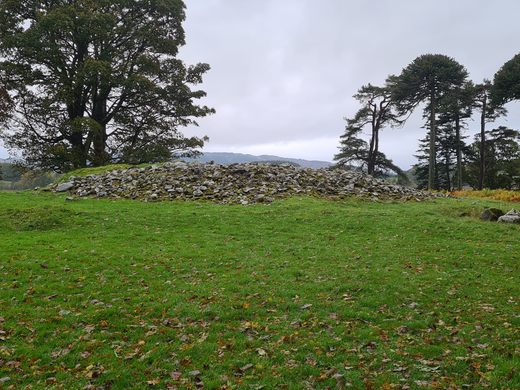
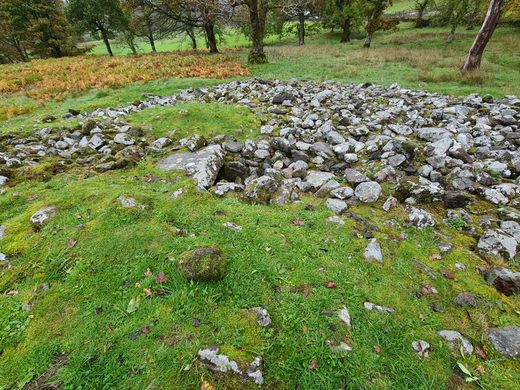
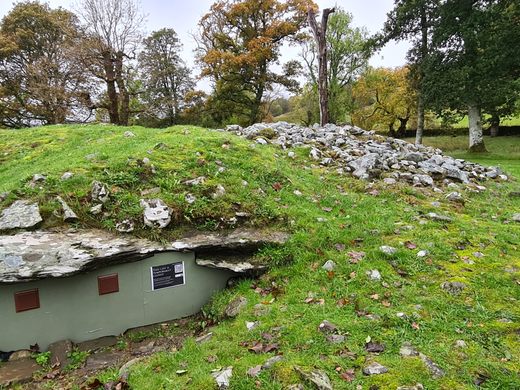
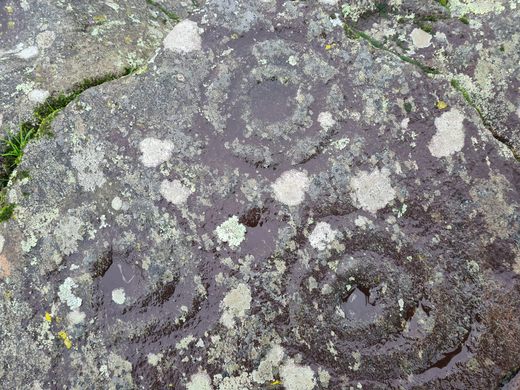
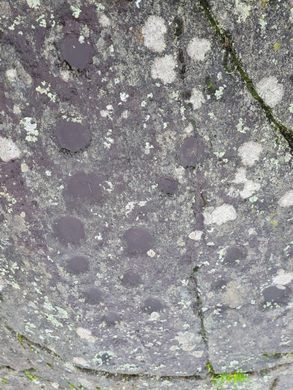
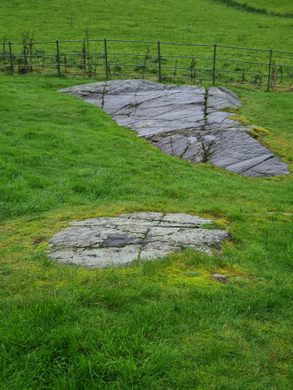



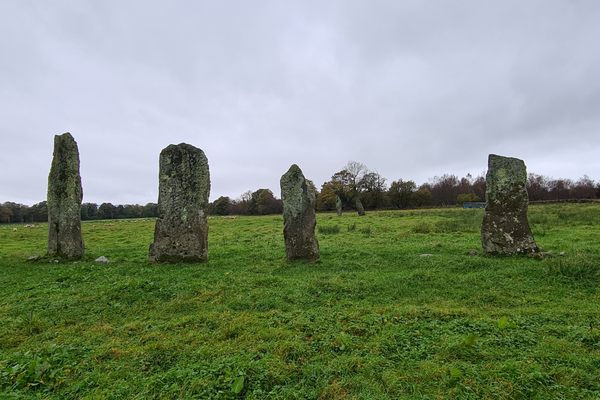

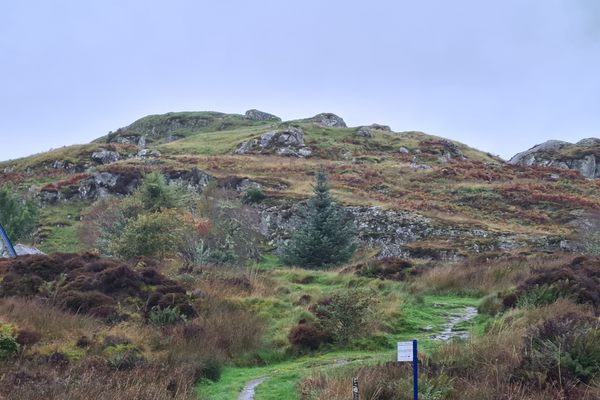
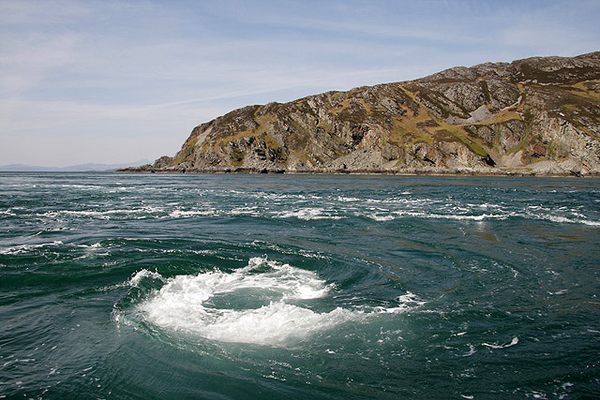



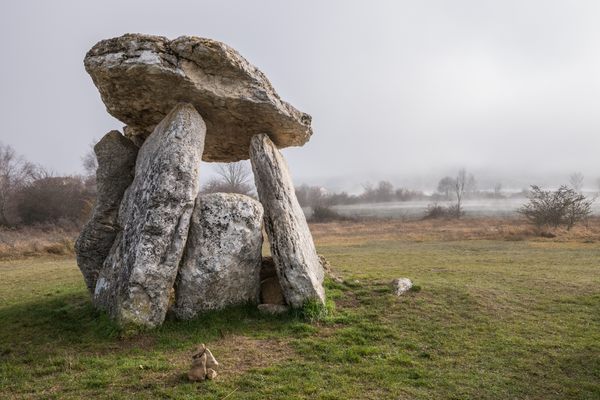

Follow us on Twitter to get the latest on the world's hidden wonders.
Like us on Facebook to get the latest on the world's hidden wonders.
Follow us on Twitter Like us on Facebook